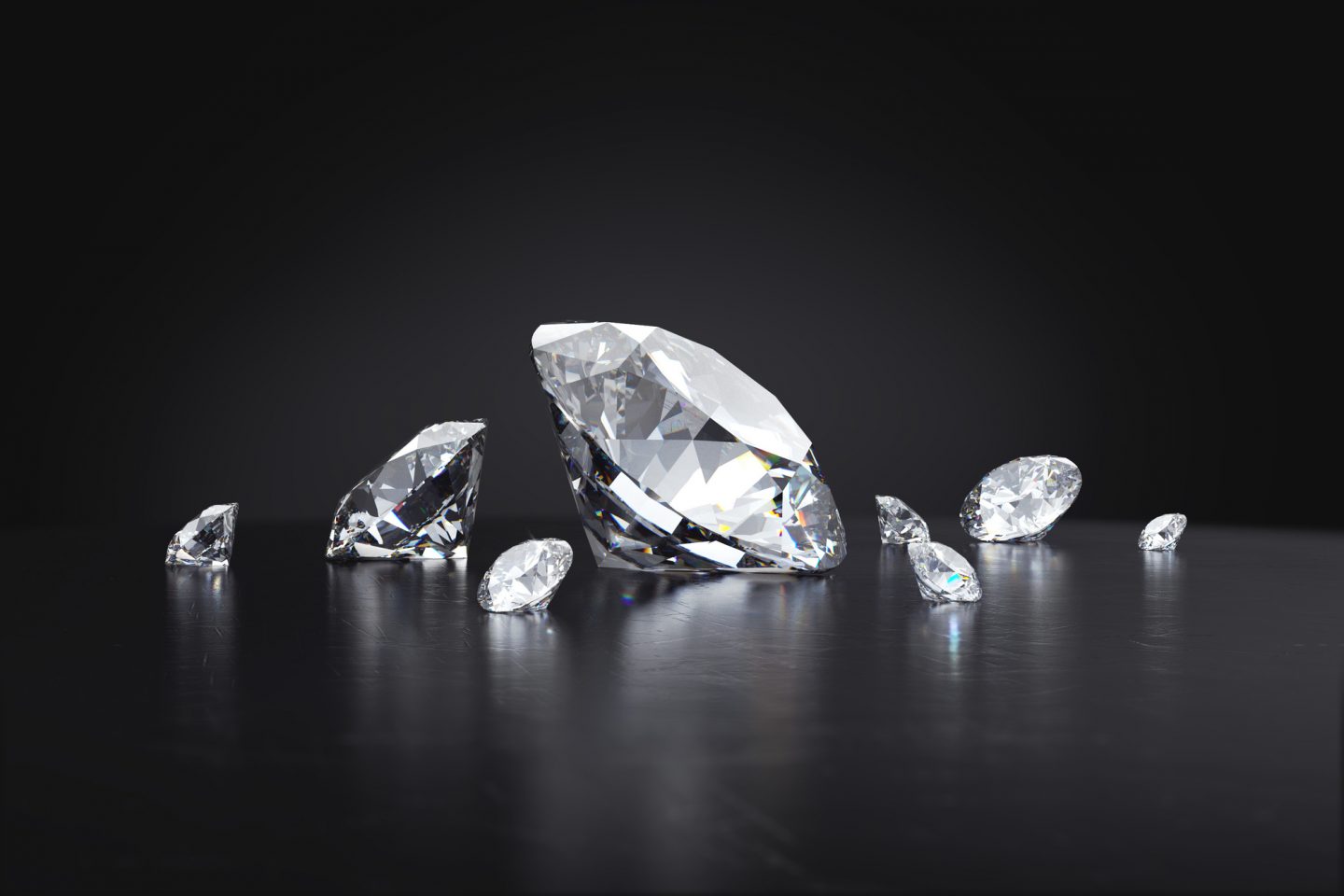Diamonds as an Investment: The Future of Sustainable Luxury
Lab grown diamonds have become increasingly popular as both a sustainable alternative to mined diamonds and a wise investment choice. As more consumers and investors recognize the environmental and ethical advantages of lab grown diamonds, the demand for these gems has surged. With advancements in technology, lab grown diamonds now offer the same brilliance, durability, and quality as mined diamonds, but at a more affordable price. This article explores the growing trend of lab grown diamonds investment, the potential for value appreciation, and why they are becoming a smart and sustainable choice for investors.
What Are Lab Grown Diamonds and Why Are They Valuable?
Lab grown diamonds are diamonds created through controlled technological processes, such as High Pressure High Temperature (HPHT) or Chemical Vapor Deposition (CVD), which replicate the conditions found deep within the Earth’s crust. Unlike mined diamonds, which require extensive mining operations that can harm the environment, lab grown diamonds are produced in laboratories with far less ecological impact. These diamonds are chemically identical to natural diamonds, meaning they have the same physical properties and brilliance. The value of lab grown diamonds comes from their rarity, the quality of their production, and the increasing demand for more sustainable and ethical options in the jewelry market. As lab grown diamonds continue to gain traction, their value in the investment market is becoming more apparent, especially as they align with trends towards responsible consumption and environmental stewardship.
Lab Grown Diamonds as a Sustainable Investment Choice
One of the key reasons lab grown diamonds are gaining popularity as an investment is their sustainability. With the growing concerns over climate change and the environmental costs of mining, lab grown diamonds offer a more eco-friendly solution. Mining for diamonds can lead to deforestation, soil erosion, and water pollution, making it a practice increasingly scrutinized by both consumers and investors. Lab grown diamonds, on the other hand, are produced in laboratories using renewable energy sources and require less land disturbance. As the global demand for sustainable investments rises, lab grown diamonds are positioned to become an attractive option for investors who want to make responsible choices while securing assets with long-term value. In an era where environmental responsibility is highly valued, investing in lab grown diamonds aligns well with the growing trend of ethical investments.
The Investment Potential of Lab Grown Diamonds
Lab grown diamonds are not only environmentally sustainable, but they also hold investment potential. While traditionally, diamonds have been seen as a stable asset for investment, lab grown diamonds offer a more accessible option for those looking to invest in the diamond market. The key to understanding the investment value of lab grown diamonds lies in their price point. Lab grown diamonds are typically priced 20-40% lower than mined diamonds of similar size and quality. This affordability, combined with their growing popularity, suggests that lab grown diamonds may have strong potential for long-term value appreciation. As the market for lab grown diamonds expands and the technology behind their creation continues to improve, investors may see substantial returns in the years to come. While they may not yet be as established as traditional diamonds, the increasing consumer interest and recognition of their value make lab grown diamonds a promising investment opportunity.
The Advantages of Investing in Lab Grown Diamonds Over Mined Diamonds
Investing in lab grown diamonds presents several advantages over traditional mined diamonds. For starters, lab grown diamonds are much more affordable, offering investors a chance to purchase larger, higher-quality diamonds for the same price they would pay for smaller, lower-quality mined diamonds. This gives investors an opportunity to buy more substantial diamonds, which can be resold or used as collateral in the future. Additionally, the production of lab grown diamonds is more predictable, allowing for better price stability and reducing the risks associated with diamond supply fluctuations in the mining industry. Mined diamonds can be subject to price volatility due to changes in supply and demand, as well as ethical concerns related to mining practices. In contrast, the ability to produce lab grown diamonds on demand means that investors have a more reliable and sustainable asset.
Lab Grown Diamonds and Their Role in the Changing Jewelry Market
The demand for lab grown diamonds is reshaping the global jewelry market. Traditionally, diamonds have been associated with wealth, luxury, and status, with mined diamonds occupying the top tier of the market. However, the rise of lab grown diamonds is challenging these established norms by providing consumers with a more affordable, ethical, and environmentally friendly option. This shift in consumer behavior is driving the demand for lab grown diamonds, and as more jewelers and consumers embrace this change, the market for these diamonds continues to expand. For investors, this presents a unique opportunity to enter a growing market with promising future returns. As the industry evolves and lab grown diamonds gain broader acceptance, investors may benefit from being early adopters of this emerging trend.
The Role of Certification in Lab Grown Diamond Investment
For investors, certification plays an essential role in determining the value of a lab grown diamond. Similar to mined diamonds, lab grown diamonds are graded based on the Four Cs—cut, color, clarity, and carat weight. Reputable certification organizations, such as the Gemological Institute of America (GIA) and the International Gemological Institute (IGI), provide independent assessments of the diamond’s quality, which helps establish its market value. When investing in lab grown diamonds, it is crucial to ensure that the diamonds come with reliable certification to ensure authenticity and quality. A certified lab grown diamond will typically retain its value more effectively, as investors can have confidence in the diamond’s quality and provenance. As the market for lab grown diamonds grows, certification standards will likely become even more important in establishing their investment potential.
Lab Grown Diamonds as a Long-Term Investment Option
As the market for lab grown diamonds matures, they are likely to become a more established asset for long-term investment. While mined diamonds have traditionally been viewed as a store of wealth and a safe investment option, lab grown diamonds offer a new opportunity for those looking to diversify their portfolios with alternative assets. With their affordability, sustainability, and increasing consumer demand, lab grown diamonds have the potential to become a sought-after commodity in the coming years. While they may not yet be as well-established as mined diamonds, the long-term outlook for lab grown diamonds as an investment is positive, especially as the global market for ethical and sustainable investments continues to grow.
Why Lab Grown Diamonds Are a Smart Investment for the Future
In conclusion, lab grown diamonds are an emerging investment opportunity that offers both financial and ethical benefits. As the demand for sustainable and ethically sourced products continues to rise, lab grown diamonds are poised to play a significant role in the future of the jewelry industry. The combination of affordability, environmental sustainability, and increasing consumer interest makes lab grown diamonds an attractive option for investors looking to secure a valuable asset that aligns with modern values. With the right certification and an eye toward long-term value, investing in lab grown diamonds offers the potential for solid returns while contributing to a more sustainable and responsible future. As the market for lab grown diamonds continues to grow, those who invest early may see significant rewards in the years to come.




